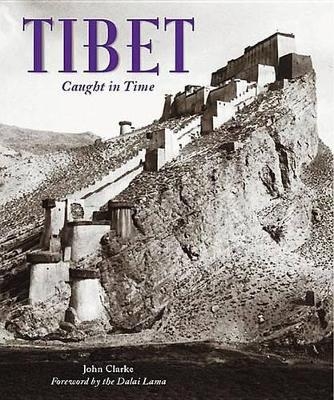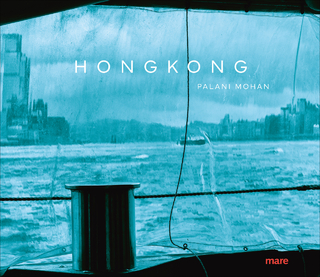
Tibet
Garnet Publishing (Verlag)
978-1-873938-96-6 (ISBN)
- Titel nicht im Sortiment
- Artikel merken
Tibet is famed for its majestic beauty, and also for its ongoing struggle for cultural survival. This collection of photographs from the British Library, taken by two British diplomats in the early 20th century, shows traditional Tibetan culture before Chinese rule was imposed. In Lhasa, a noble family take a picnic in a park, the women's elaborate head-dresses adorned with pearls. Travelling folk- opera singers pose in costumes and masks. Tibet covers an area as large as the UK, France and Germany combined, with a landscape that includes magnificent glaciers and Himalayan peaks, but also high plateaux and valleys with farmland, all of which are atmospherically evoked. These were the final decades of a society that had changed little since the Middle Ages, but was about to be savagely oppressed. The photographs, caught in a window of time, form a treasured record of the true spirit of Tibet.
Dr. John Clarke is Assistant Curator, Indian and South-East Asian Collection, at the Victoria and Albert Museum. He is a specialist in the arts of the Himalayas and in particular Tibet, and is currently working on a catalogue of the museum's Himalayan Collection. He has travelled extensively in the region and published numerous articles and reviews on Tibet's artistic heritage. His Holiness the 14th Dalai Lama, Tenzin Gyatso, is both the head of state and the spiritual leader of Tibet. He was born on 6 July 1935, to a farming family, in a small hamlet located in Taktser, Amdo, northeastern Tibet. At the age of two the child, who was named Lhamo Dhondup at that time was recognized as the reincarnation of the 13th Dalai Lama, Thubten Gyatso. The Dalai Lamas are believed to be manifestations of Avalokiteshvara or Chenrezig, the Bodhisattva of Compassion and patron saint of Tibet. Bodhisattvas are enlightened beings who have postponed their own nirvana and chosen to take rebirth in order to serve humanity. His Holiness the Dalai Lama is a man of peace. In 1989 he was awarded the Nobel Peace Prize for his non-violent struggle for the liberation of Tibet. He has consistently advocated policies of non-violence, even in the face of extreme aggression. He also became the first Nobel Laureate to be recognized for his concern for global environmental problems. His Holiness has travelled to more than 62 countries spanning 6 continents. He has met with presidents, prime ministers and crowned rulers of major nations. He has held dialogues with the heads of different religions and many well-known scientists. Since 1959 His Holiness has received over 84 awards, honorary doctorates, prizes, etc., in recognition of his message of peace, non-violence, inter-religious understanding, universal responsibility and compassion. His Holiness has also authored more than 72 books. His Holiness describes himself as "a simple Buddhist monk".
Map of Tibet; Note on Tibetan Names; Foreword by His Holiness the Dalai Lama; Introduction; Climate, Landscape and Agriculture; Trade, Travel and Communications; Craft, Art and Architecture; Tibetan Religion; Nobility and Government; Life in Lhasa and Other Towns; Further Reading.
| Erscheint lt. Verlag | 4.12.1997 |
|---|---|
| Reihe/Serie | Caught in Time Great Photographic Archives |
| Zusatzinfo | 158 duotone photographs |
| Verlagsort | Reading |
| Sprache | englisch |
| Maße | 210 x 260 mm |
| Gewicht | 862 g |
| Themenwelt | Kunst / Musik / Theater ► Fotokunst |
| Reisen ► Bildbände ► Asien | |
| Geisteswissenschaften ► Geschichte ► Regional- / Ländergeschichte | |
| ISBN-10 | 1-873938-96-9 / 1873938969 |
| ISBN-13 | 978-1-873938-96-6 / 9781873938966 |
| Zustand | Neuware |
| Haben Sie eine Frage zum Produkt? |
aus dem Bereich


